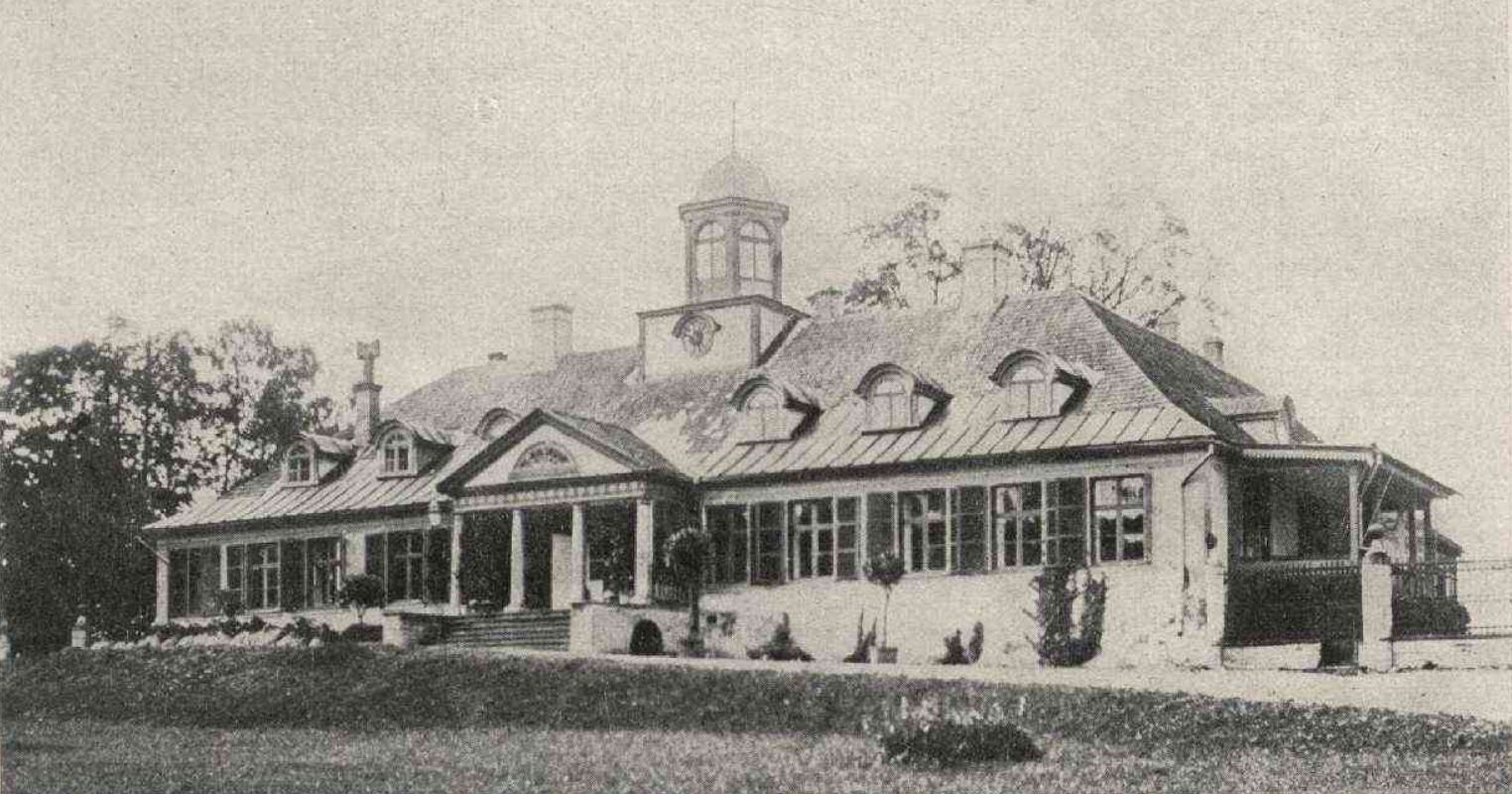Drabesi Manor
GPS 57.243777348869145, 25.279338155056106
The first historical information about the Drabesi manor dates back to 1561, when the last Kettler, the Kaiser of the Order, transferred his father's manor house on the hill near the castle of Āraiši to the owner of Liepupe manor, Reinhold von Fietinghof (1484-1562), who served as an interpreter in negotiations with the Russians, and added two more houses - Klabus and Lepekšas. Füttlinghoff sold the manor and other land near Nitaure, presumably John's manor, later to be associated with the Kaikūnas home, to his wife's brother Patkuhl for 8000 marks.
Later, during the Polish-Swedish war, the Polish officer Drobysh appropriated the manor, which bears his name to this day. The manor was then given to Patkul's grandson, who in 1647 sells it to the Swedish nobleman Uxenszern for 2,000 dalers. The manor continued to change hands until in 1794 it was bought by Peter Heinrich von Blankenhagen (1765-1802) for 30,000 Danish dollars.
During the 1905 riots, the manor house (castle) was burnt down. The last owner, William von Blankenhagen (1863-1919), was killed in 1919. Formally, until the agrarian reform, the manor belonged to his relative from the Weismann manor Heinrich.
The present Drabesi Manor complex was built at the beginning of the 19th century, replacing the wooden buildings built in the 18th century. In 1923, an inventory listed eighteen buildings in the manor ensemble; today, about eleven have survived.
The Classical Revival manor house was built in the first quarter of the 19th century, burnt down in 1905, but soon rebuilt. The building is a U-shaped single-storey structure with a high plinth and a hipped roof. It is decorated with a four-columned portico with a triangular pediment and triglyph decoration. The Lord's House is built on the highest point of an elongated hill. In front of it was a large oval of lawn flanked by a driveway. The porch of the house once offered a distant view across Lake Araiši.
In general, the buildings of the manor house in the 19th century were mainly constructed using rubble stone masonry, but there were also wooden buildings which have not survived to the present day.
Today, the beautiful white ground floor of the Drabesi Manor House (and other former manor outbuildings) is occupied by the Drabesi Manor Craft House and the Ašais Sports Club. People from all over the surrounding area are invited to creative workshops, masterclasses, interest groups and sports activities.


